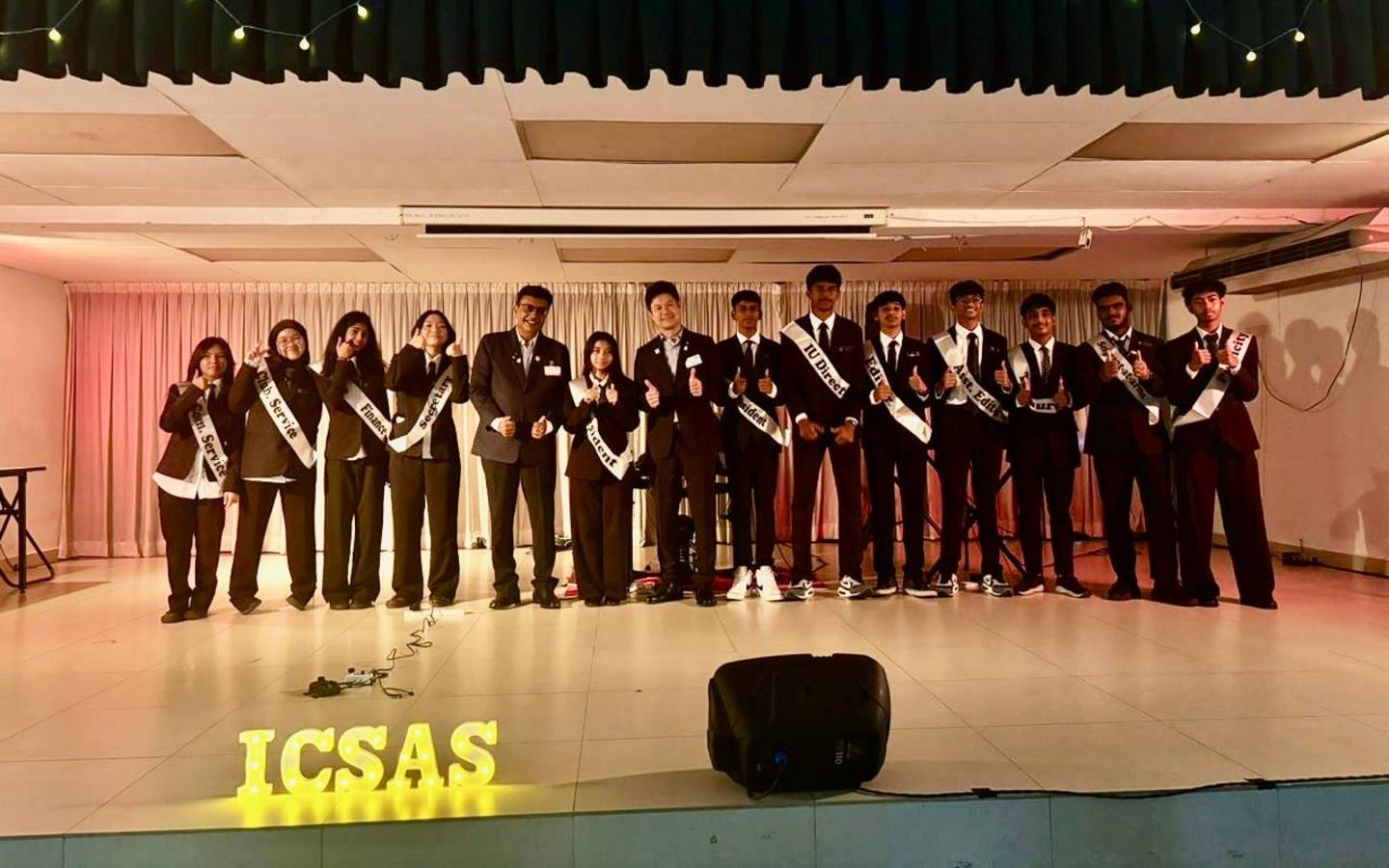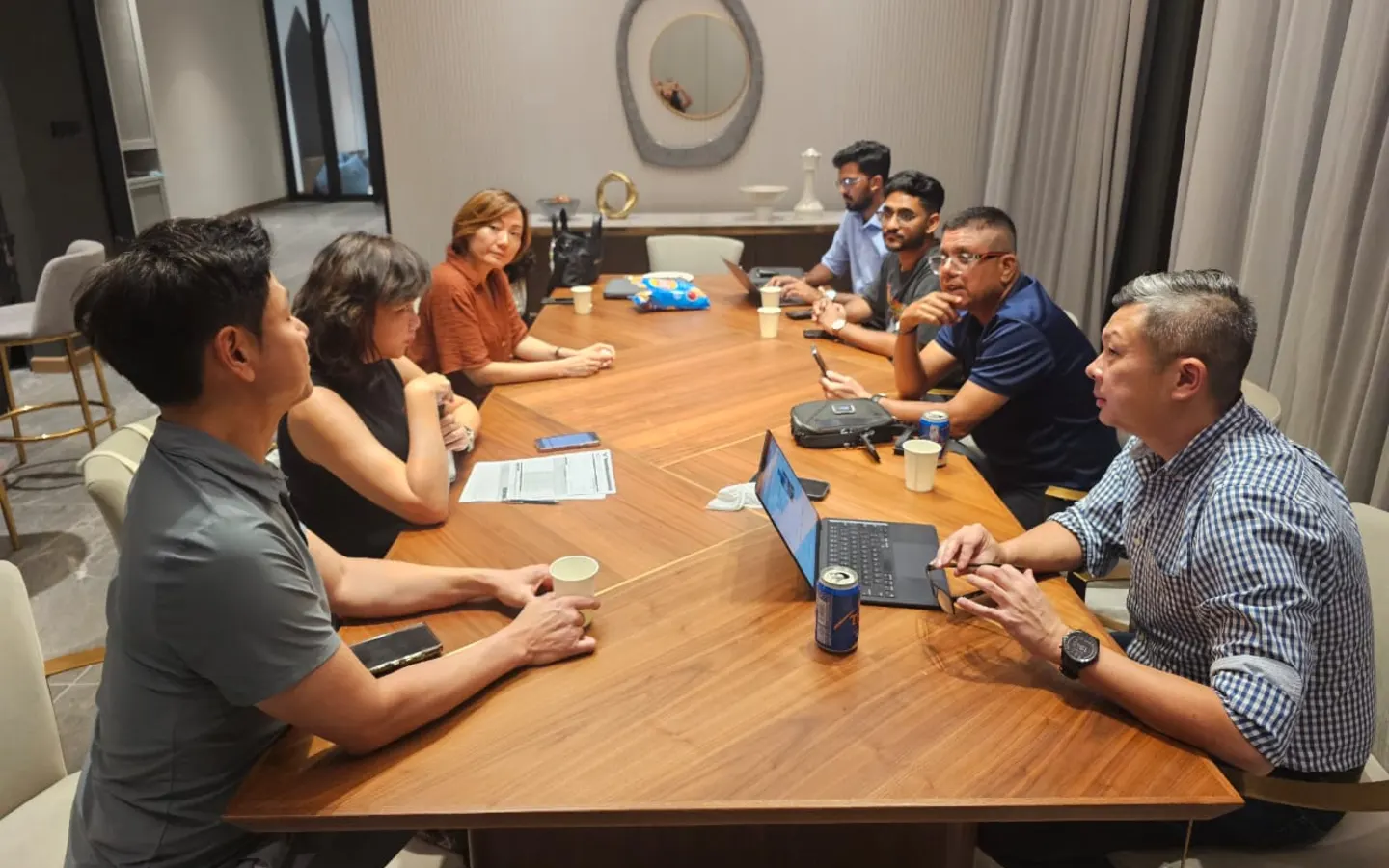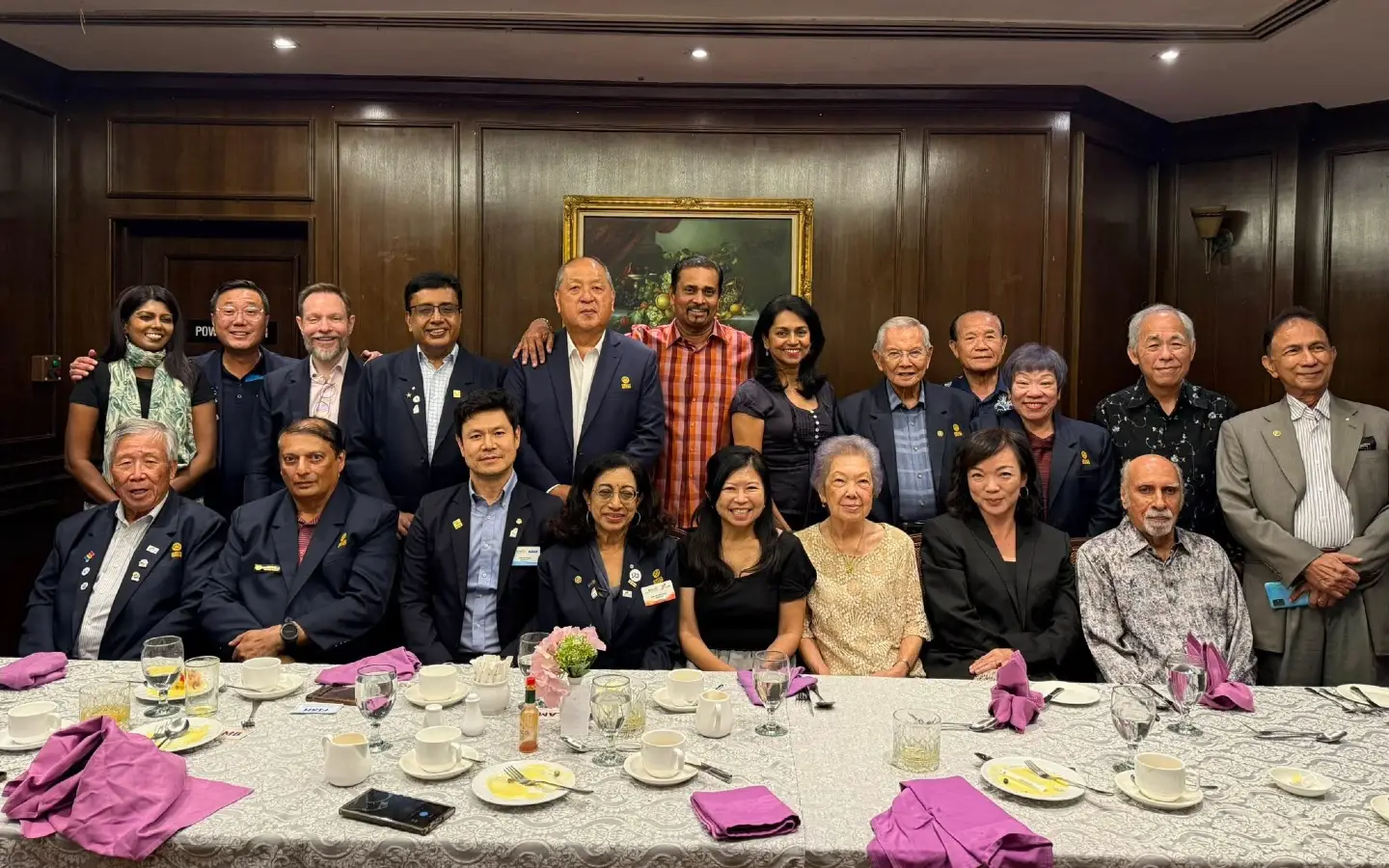EDITORIAL TEAM: Looking back over your 41 years with RCPJ, what are some of the most memorable experiences or milestones you’ve witnessed, both within the club and Rotary in general?
PAG GOH: I was admitted into RCPJ in 1983. The very first lesson that was thrust upon me was the attendance at weekly meetings. Failure to attend four consecutive weeks would automatically terminate membership. Resulting from this requirement, clubs have “make up” arrangement and promote yearly 100% attendance award. Each club would appoint an Attendance Chairperson to administer attendance record. Four years after my admission into Rotary, Rotary International formally declared the opening of Rotary to admit and accept Lady membership in 1987. This was undoubtedly the most significant milestone of Rotary after 82 years of its existence as man only club and the first Lady candidate to join RCPJ was our very own scholar Margaret Soo in 2009.
In the year 1997 when our late Tan Sri James Peter Chin was appointed Rotary International Director during the 88th RI Convention in Glasgow, Scotland, the appointment was significant as he was the first and only Rotarian in the two RI Districts 3300 & 3310. In Rotary I have always enjoyed Community Service as it continues to respond to the changing needs of the community.
Let me share a couple of the outstanding projects. The Tadika Sunrise project (1988-2002) – A 2-Room Kindergarten was built at Kampong Baiduri in Section 3 PJ. Within two years, the Kindergarten was full with some 40 children from the Kampong. It was managed and operated successfully by RCPJ for some 14 years. This project was reported by RI in its Rotarian Magazine in 2001. The Golden Child project (1994-current) and in the year 2002, the Service committee took some 20 cancer positive children to Genting Highlands for the weekend.
Among the children, was a 13 year old Chinese girl. She told the doctor that she felt tired and refrained from taking part in any activity. On the last night of our stay, she went up the stage and rendered two songs to thank RCPJ for the opportunity of spending the weekend at Genting Resort. Some 10 days after our return to PJ, this 13 year old girl passed away. Just before her demise, she wrote a brief letter to thank RCPJ for the trip and she said it was the happiest weekend of her life.
EDITORIAL TEAM: What values or principles have guided your commitment to both Rotary and your work with the National Kidney Foundation? How do you believe these principles impact the community?
PAG GOH: Following my admission into Rotary, I was taken through the “fireside” briefing by a group of Senior Rotarians. I was properly oriented and made aware of obligations and opportunities to serve.

The primary motto of “Service Above Self”, the “Öbject of Rotary” and the “Four Way Test” were the value statements and the guiding principles that were fully explained and thrust upon me as a new member of this vast organisation, thoroughly inspired me to serve Rotary. These are the principles that I have consciously or subconsciously adhered to always in my work.
When I was overseeing the operation of NKF, a charitable and a non-profit organisation, the motto of ‘Service Above Self’ along with the ‘Object of Rotary’ and the ‘Four Way Test’ became most apparent when dealing with the poor and the sick kidney failure patients. Being a charitable organisation, and managing a high cost dialysis operations nation-wide, NKF relies primarily on public funding and donations and Government subsidies. Operating in such an environment, the need to apply and follow the guiding principles cannot be overstressed. The high level of community awareness of Rotary in PJ and the good reputation of NKF are testimony to the positive impact of the community.
EDITORIAL TEAM: How do you see the role of service evolving within the Rotary today, and what advice would you give to new members on contributing meaningfully over the long term?
PAG GOH: Paul Harris wrote “This is a changing world; we must be prepared to change with it. The story of Rotary will have to be written again and again.” Service in Rotary has been described as the Heartbeat of Rotary, always on the move to introduce new projects in response to the changing needs of the community. Our many service projects have contributed to the economic and social development of PJ. These projects had been designed to address education, health, environment, poverty, community relations and so on. RCPJ owes much to its strong membership and its committed leaders. By their contributions, they have left behind a legacy of service. Thus, the present and future new members will continue to build the club into a responsible and active club of PJ.

EDITORIAL TEAM: From hosting meetings at your home to serving as President, you’ve held many roles. Which of these have you found the most fulfilling, what keeps you motivated to stay involved?
PAG GOH: I have always enjoyed community service, the ‘Heartbeat of Rotary, always on the move and the need to introduce new projects in response to the changing environment of the community. Thus, I find the role of Service Director most challenging and yet fulfilling when a project is successfully completed. The Tadika Sunrise project was built and established on a piece of TOL land in Kampong Baiduri in Section 3, PJ within two months and in two years, the Kindergarten was full with 40 children from the Kampong. This project was successfully operated for 14 years and was reported in RI Rotarian magazine. This is the kind of heart-warming motivation that keeps me to stay involved.
EDITORIAL TEAM: As the oldest member of RCPJ, what legacy do you hope to leave, both within the club and in the broader community? How would you like RCPJ’s younger members to carry forward your legacy of service?
PAG GOH: Rotary starts out as a service organisation to the community. This statement is still valid and it will continue to be valid right into the future. The role of service will change because of the changing needs of the community. But service to community will always remain. Thus, if there is anything to leave, it will be service legacy as it has contributed in no small measure to the economic and social well being of the community.
For the younger members to carry forward the Service legacy, they must appreciate and accept the Rotary’s guiding principles namely, the Four Way Test, the Object of Rotary and Service Above Self. They must for a start, work closely with older Rotarians and understand the operations of the club.
The informal discussions of the committee session would give them the ‘feel’ of how the Rotarians work together to make decisions. This would make them feel they belong to Rotary when they are drawn into discussions. The feeling of ‘belonging’ will also make them feel aware of their responsibilities to Rotary.

Interview by
Editorial Team
Photography by
Connie Ho, Captain H.S Dharan, Terence Tiew, Rotary Club PJ





